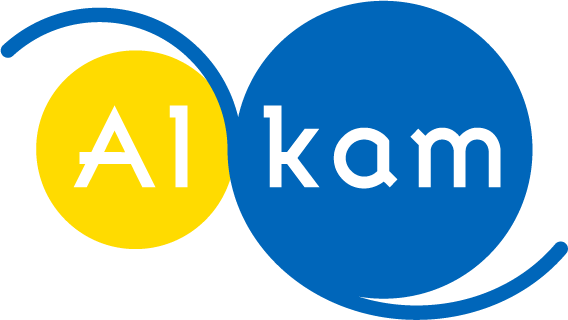The Importance of Chemical Labels
- Alkam
- Mar 27
- 3 min read

Chemical product labels serve to raise awareness of the dangers and risks to which one is exposed when using that particular product, thus inviting one to take the right precautions regarding use, storage and disposal.
Chemicals are labelled by the United Nations system: GHS (Globally Harmonized System of Classification and Labelling of Chemicals).
Label Features
Specifically, these labels must be securely attached to the product to prevent them from peeling off or getting lost. They must be easily readable and indelible , and they must resist contact with chemical agents and extreme temperatures.
In this way , perfect traceability of the product and of the dangerous substances contained in the final product is achieved. As regards transport, during the movement of dangerous or flammable goods, the presence of the label is required by law for the safety of those who use them.
The CPL regulation
Before placing substances or mixtures on the market, the CPL regulation requires manufacturers, importers and users to classify, label and package them appropriately.
The CPL regulation also helps to determine whether a mixture has characteristics that make it dangerous. Therefore, classification is the first point to determine the class and category of danger, based on physical, health, and environmental risks.
In detail, the CPL regulation establishes the criteria for the label elements for each class and category of danger, through pictograms, warnings, prevention, reaction, storage and disposal.
Contents
Labels must strictly contain the following information:
- Supplier data (name, address and telephone number)
- Quantity of the substance or mixture
- Name and numbers to identify the product
- Hazard pictograms
- Warnings - if any
- Hazard statements of the substance or mixture (consisting of three numbers indicating the type of hazard, the so-called "H phrases")
- Precautionary advice
- If necessary, any additional information.
Further indications on labels are reported in the Inail document , which states that, in order to limit the number of precautionary statements, no more than 6 should be indicated on the label , unless the particular gravity of the dangers requires it.
The label must not contain unnecessary precautionary statements. If the substance or mixture is supplied to the general public , the precautionary advice regarding its disposal and packaging must be reported on the label , unless it presents no danger to health or the environment.
Safety data (SDS)
SDS are cards that warn the worker to always read the label before using the chemical product and not to transfer the substance into a container other than the original. It is necessary to always verify that all hazardous materials are labeled.
SDSs also include information regarding the potential risks associated with the use of hazardous chemicals and are made up of 16 sections that aim to help the user mitigate the potential harm they may cause.
Harmonised classification and labelling (CLH)
Manufacturers, importers and users are required to classify and label hazardous substances to ensure maximum safety for health and the environment. Harmonized classifications are listed in the CLP Regulation.
The classification and labelling of substances of highest concern (those which therefore present particular dangers to the human body) must be harmonised across the EU to ensure adequate risk management : this is done through classification and labelling harmonisation (CLH).
Symbols
The danger symbol is present on the labels of any chemical product, because it has the task of providing all the information regarding the damage that the substance or mixture can cause to the health of workers and to the surrounding environment.
The CLP Regulation established and disseminated the current new classification and labelling system for hazardous chemicals.

These are the hazard symbols that have replaced the old orange square symbols and are mandatory on all labels of chemical products placed on the market.
Precautionary statements relating to the hazard are added to each pictogram.
The Braille Triangle
Did you know that in Italy there are approximately over one and a half million visually impaired people, who - to date - when they purchase a product cannot do so (always) with awareness?
By printing the Triangle or words in Braille , you can offer the opportunity, even to those who cannot see, to be able to choose what to buy, guaranteeing them the possibility of shopping in complete autonomy thanks to the embossed transcriptions: not only of the name of the product, but also of the brand, the expiry date, and in general of all the danger indications.
Conclusions
The reading labels for chemical products, requires particular attention , as the improper use of these products can be dangerous for health.
In fact, when dealing with this type of product it is essential to be sure to label and therefore identify all the bottles.
Having an unidentified product , in fact, is not a tolerable situation, as the improper use of these products can be particularly dangerous for health.

Comments